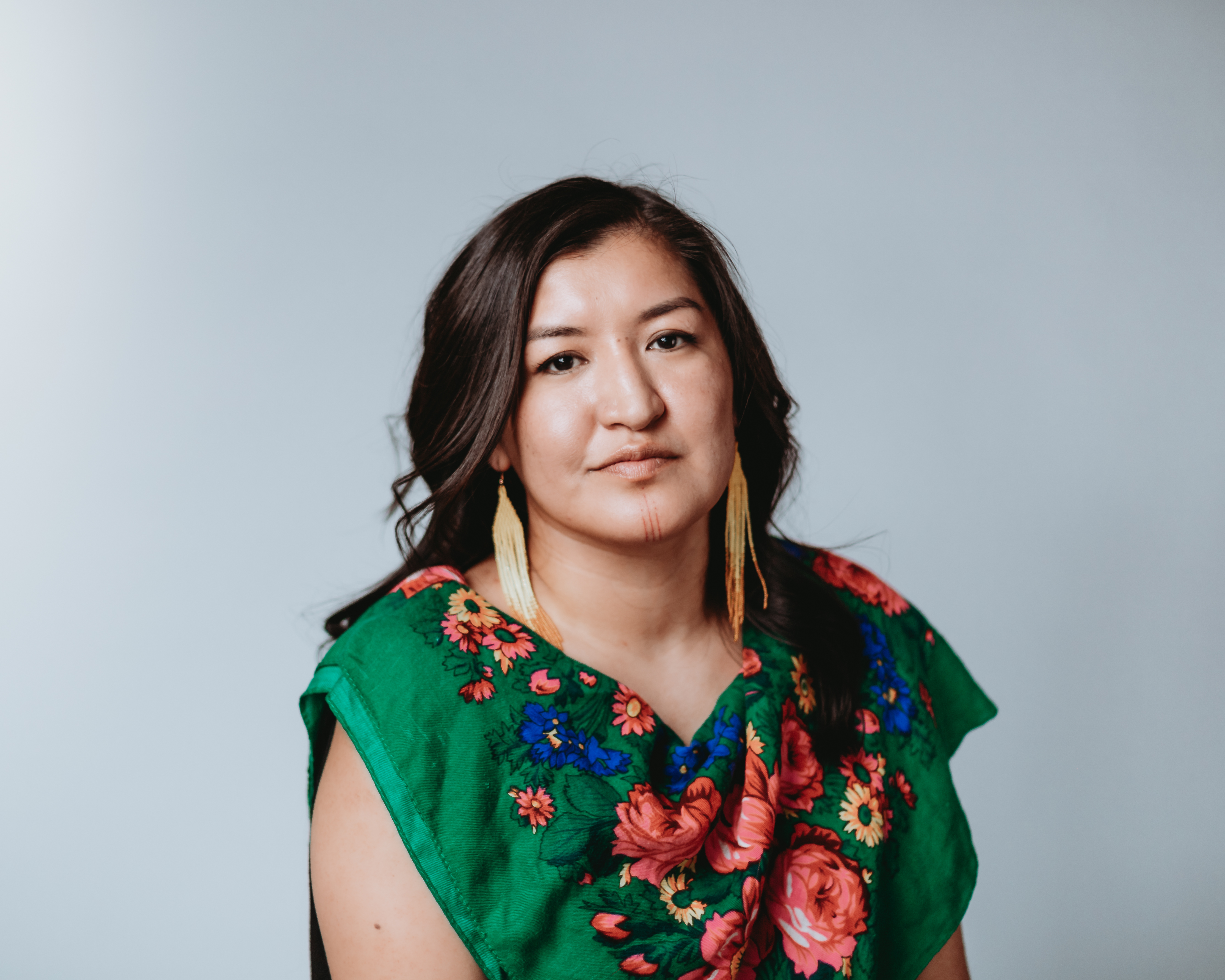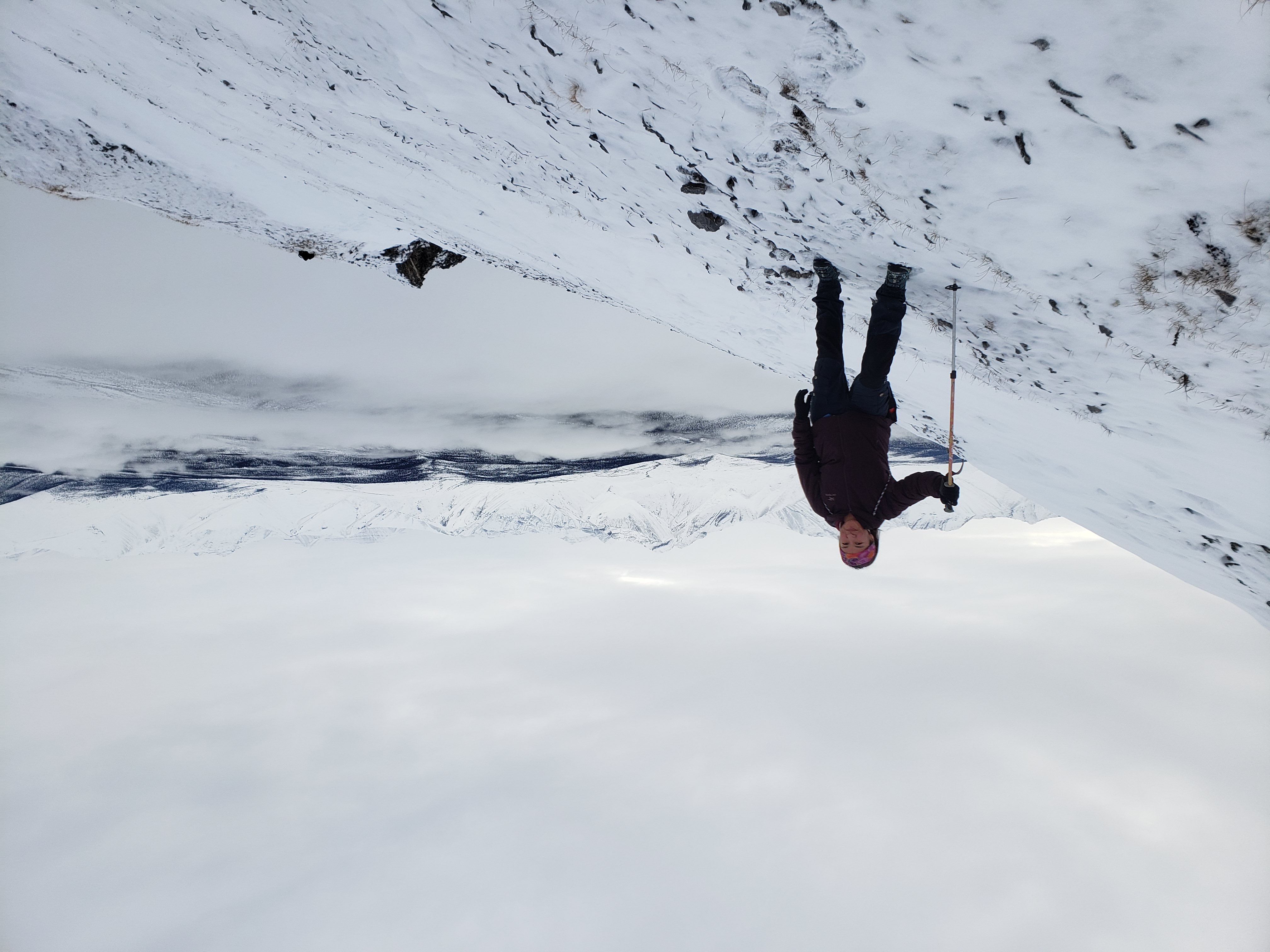Home is the Peel River Watershed
By: Bobbi Rose Koe
Before I even journeyed into the Peel River watershed, I knew it was home.
I remember growing up as a young girl at our family cabin, on the banks of the Peel River, about 50 kilometres down from Fort McPherson, Northwest Territories. I remember a feeling of living in a fantasy land, with so much to explore in our backyard and yet so much to learn from my grandparents. They were my heroes. They travelled through the land, on the trails, and along the water, working with the animals, fish, and plants as if they were one with them. They knew the insides, outsides, the corners, and everything in between. I still remember the feeling, of how cool it was to be around them growing up with the trees, the plants, and with my dog, Max.
It was magical. It was powerful. And it is still power.

Years later, these experiences have shaped the person I am today. I've spent time getting to know the land better, seeing how everything works together, and meeting people who live on the land. I've had the opportunity to travel on the land with many interesting and knowledgeable people, my people, the Gwich'in people. Many of the people I have travelled along the land with, including some of my family members, are no longer here today, in this world.
It's been seven years since I physically stepped into the Peel River watershed. I still remember this trip vividly. It was a 17-day canoe trip down the Wind River. I felt at home. I felt the power and love. Day after day, we moved forward, getting to know the land better. Before leaving the Upper Wind River, we decided to hike one of the mountains from the camp site. I don't usually go climb a mountain for nothing, but I decided to go anyways. After an hour, we got to the summit. With a huge relief, I sat on top of the mountain, overlooking the Wind River. I remember having the same feeling I did when I was a little girl. Thinking that this place is unreal, that familiar feeling of being in a fantasy land. I felt as if I had been there before. I prayed, I cried. I thanked Kagwhaahat/creator and our ancestors. I imagined where my people would have lived, played, and sang. I connected the dots of the places the elders told me about, where some were born, or where they would have hunted and fished. Before heading down the mountain, I remember taking a moment. I quietly whispered to the land and to my ancestors, "One day, I'll bring our people back, and make sure our people and land are heard."

My whole life happened before my eyes, and it came together at that moment. The land brought me back to that place for a reason. Since then, I've had many wonderful opportunities to paddle the rivers of the Peel River watershed. No matter what happens in my life, even if I try to make a change in my career or in my life path, I'm always brought back to this land.
This month, I am celebrating one year since I launched Dinjii Zhuh Adventures, a river guiding company that focuses on trips throughout the North for communities, youth, and visitors. This company is committed to training Indigenous youth to become guides of the land themselves. This Indigenous Youth River Guide Training program is guided by our Elders’ philosophies and teachings, which tell us to return to the land and that the land is our school. Out there, we learn by listening to our elders, mentors, the water, and the land with our hearts, minds, spirits, and bodies.
Over the years that I have spent speaking up for the land, the Peel River watershed, and our future generations, I have come to understand that many youth do not have opportunities to be on the land, learn on the land, or to apply land-based skills to a career. This is true not only in the Yukon, but across communities in the North. This program aims to remove barriers and create opportunities for youth to learn land-cased skills such as flatwater and whitewater canoeing, wilderness medicine, and whitewater rescue training. The program aims to improve self-esteem, leadership and self-determination, and expose youth to potential career opportunities, all while centering on Indigenous languages, knowledge, and people.

Building the capacity in Indigenous youth to become wilderness guides will help to more equitably distribute the wealth attained through tourism in the North to the original landholders. Right now, most of the money in the tourism sector is held by non-Indigenous people and companies. The goal is to start to shift that, for Indigenous youth to move into this economy and live our economic sovereignty on our lands. We aim to provide access to training for youth and create a circle of support for emerging Indigenous guides. This will help bring them into a network of mentors and other industry leaders who can provide opportunities to continue their growth in the tourism sector.
This Indigenous Youth River Guide Training will benefit youth and our communities in the North by offering youth an opportunity to challenge themselves and build strong networks with other Indigenous youth in the North. It will allow them to imagine a future of providing for themselves and their communities through working on the land in a way that is respectful, sustainable, and consistent with Indigenous ways of life. Our team will be developing an Indigenous Guide Training curriculum, which will continue to be offered to different communities across the North. Having more Indigenous youth building relationships with the land will create a larger network of land protectors across the Arctic. The goal of this program is to highlight the beauty, power, and importance of Indigenous land and Indigenous youth-and to emphasize the connections between them.

Today, one of the first words that comes to mind when I think of the Peel River watershed is home. The second is family. And it all started when I was a little girl watching my grandparents gliding throughout the land, as if they were one with it. I am still learning and will continue to learn, and today I am focused on helping teach the youth of this land about their own home, too.